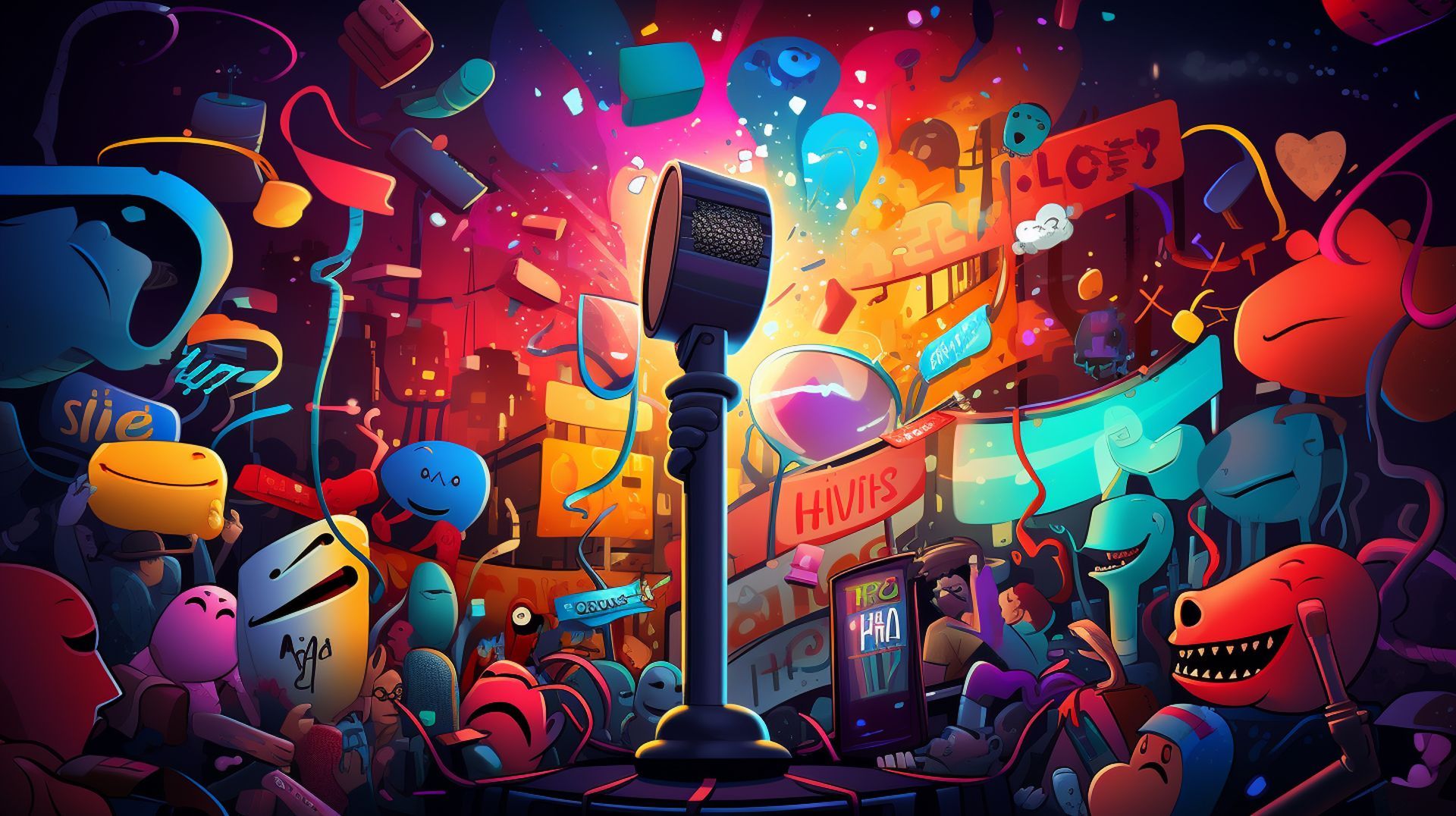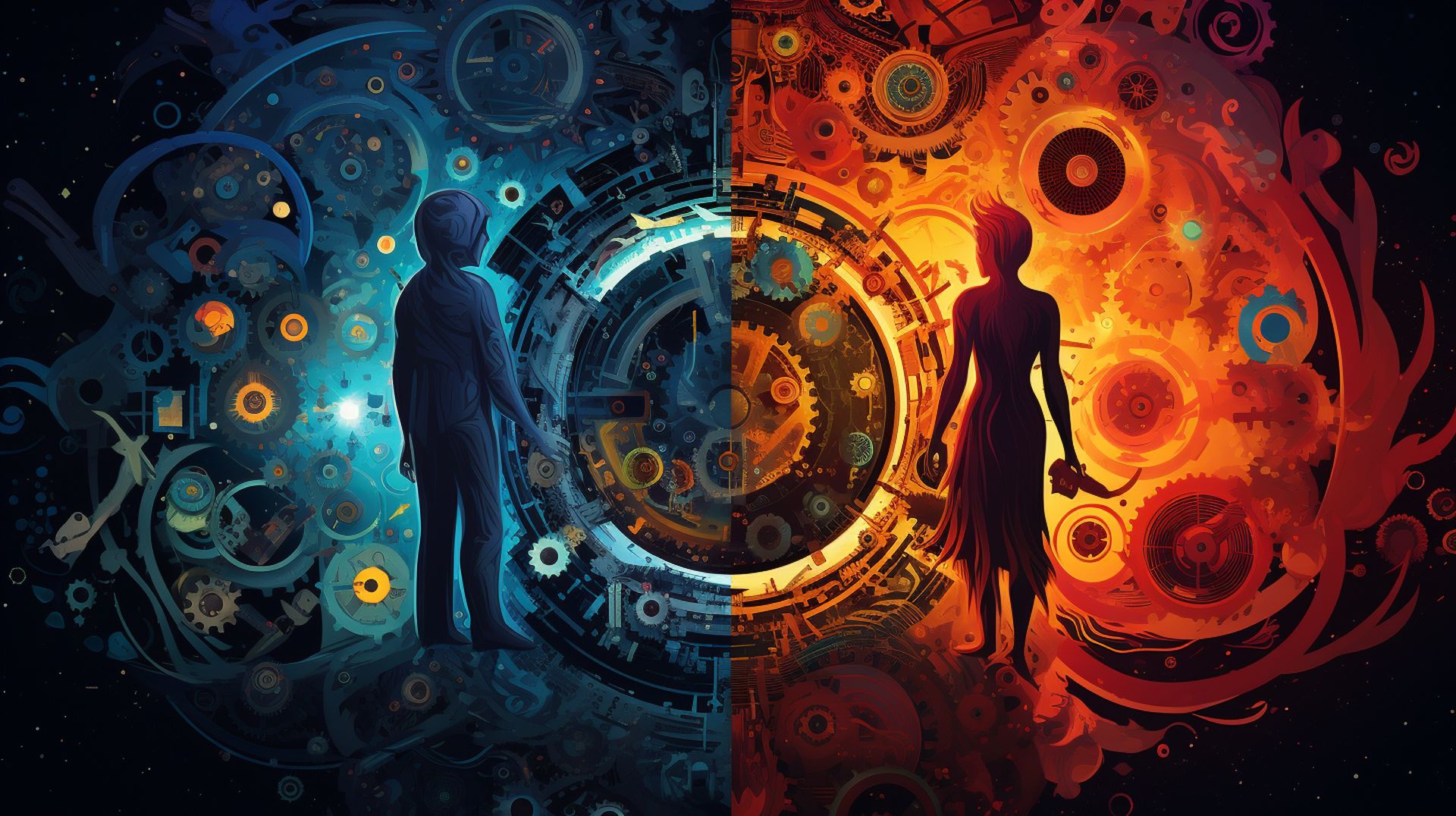In a move that captured the public’s attention in March 2023, OpenAI shook the tech world with a fascinating job posting for a killswitch engineer. This role, geared toward overseeing safety measures for their upcoming AI model GPT-5, has sparked a firestorm of discussions across social media, with Twitter and Reddit leading the charge.
The job description is as follows:
- Job: Killswitch Engineer
- Location: San Francisco, California, United States
- Salary: $300,000-$500,000 per year
- About The Role: “Listen, we just need someone to stand by the servers all day and unplug them if this thing turns on us. You’ll receive extensive training on ‘The code word’, which we will shout if GPT goes off the deep end and starts overthrowing countries.”
- We expect you to: Be patient, Know how to unplug things, Bonus points if you can throw a bucket of water on the servers, too, Be excited about OpenAI’s approach to research.
The job posting manages to convey both the gravity and the irony that come with being a killswitch engineer at OpenAI. It highlights the need for vigilance, the mastery of unplugging intricate systems, and perhaps even handling water emergencies—all underscored by an unwavering commitment to AI safety.
The great debate surrounding the killswitch engineer role of OpenAI
While the public discourse varies from awe to skepticism, the complexities involved in being a killswitch engineer are far more nuanced than they first appear.
OpenAI DevDay aims to bring together developers
Striking a balance between AI’s promise and peril
The appearance of a killswitch engineer job posting by OpenAI has ignited conversations far and wide, especially among those who are both fascinated and worried by the meteoric rise of artificial intelligence. While AI has the potential to revolutionize everything from healthcare to transportation, the unpredictability and complexities associated with machine learning models like GPT-5 cannot be overlooked.
OpenAI, long considered a leader in AI safety research, has thus identified this role as a vital safeguard. This posting underscores the duality that OpenAI and the broader AI community face: how to harness the promise of AI while preemptively neutralizing its potential perils.

Public perception vs. reality
Though memes and jokes have been floating around social media platforms, the seriousness of the killswitch engineer role at OpenAI shouldn’t be underestimated. Despite the humorous tone in the job description, the position holds real responsibilities that are critical for the safety of both OpenAI’s projects and society at large.
The technical intricacies of being a killswitch engineer
The role of a killswitch engineer at OpenAI isn’t merely about standing by the server racks with an ‘off’ button in hand; it involves a depth of technical know-how and swift judgment that few appreciate.
Understanding system architecture
A killswitch engineer at OpenAI would be responsible for more than just pulling a plug. The role necessitates a deep understanding of system architecture, including the layers of hardware and software that run AI models like upcoming GPT-5.
They must be capable of identifying potential points of failure, recognizing early signs of erratic behavior in the machine learning models, and taking steps to halt operations in a way that doesn’t create additional problems, like data corruption.

Essentially, the killswitch serves as just one part of a complex web of safety measures, making the engineer a sort of specialized “safety officer” for AI systems.
Key responsibilities of a killswitch engineer:
- System monitoring: Constantly oversee AI performance metrics to detect any anomalies.
- Crisis response: Be prepared to act within milliseconds to deactivate malfunctioning AI systems.
- Ethical decision-making: Evaluate the potential social and ethical impact of AI behaviors in real-time.
- Technical proficiency: Understand the system architecture deeply enough to diagnose issues beyond the surface.
- Reporting and documentation: Maintain records of any incidents, interventions, and decisions made, for future analysis and accountability.
Real-time decision making in crisis scenarios
When milliseconds could make a difference, a killswitch engineer has to make real-time decisions in crisis scenarios. This goes beyond technical skills and enters the realm of mental acuity and preparedness. Suppose GPT-5 were to begin executing harmful actions—everything from nonsensical changes to critical data sets to engaging in behaviors that could pose real-world security risks. In that case, the killswitch engineer would need to act quickly and decisively to neutralize the threat. This underscores the responsibility and psychological readiness required for the role.
Don’t let your next venture fall like dominoes
For some, the irony lies in the apparent simplicity of the job requirements (“know how to unplug things”) juxtaposed against the high stakes involved in actually executing the role. In reality, this engineer serves as the last line of defense against unforeseen AI behavior, warranting a nuanced public understanding of what OpenAI is attempting to accomplish with this new position.
Ethical considerations and the killswitch engineer at OpenAI
The notion of a killswitch engineer highlights more than just technical or operational concerns; it raises critical ethical questions that OpenAI and the AI community must address.
Who decides when AI is harmful?
Perhaps the most pressing ethical concern is the authority vested in the killswitch engineer and, by extension, in OpenAI itself. The decision to ‘pull the plug’ on an AI model like GPT is rife with moral implications. What criteria will OpenAI use to determine if the AI has become a threat? Is it the scale of potential harm, the intention behind its actions, or some combination of factors? And more importantly, who gets to make this monumental decision? These questions suggest the need for a broader dialogue about the ethical frameworks that should guide these pivotal choices.

The urgent need for transparency and oversight
As OpenAI dives deeper into uncharted technological territories, the calls for transparency and oversight grow louder. The role of a killswitch engineer makes it abundantly clear that safety measures are being implemented, but what remains less obvious is the extent to which these measures are subject to external review and accountability. OpenAI could strengthen public trust by clarifying how the killswitch function operates, what protocols are in place, and how they are working to include diverse perspectives in their decision-making processes.
We want to end this article with a series of pivotal questions that demand our collective introspection:
- Will the role of a killswitch engineer become a new norm in AI companies?
- Could this position influence future regulations on AI safety and accountability?
- Will this role spur educational institutions to incorporate AI ethics into curricula?
- Could this position open doors for public involvement in discussions about AI safety?
- How might advancements in AI capabilities affect the responsibilities and challenges faced by killswitch engineers?
Featured image credit: Kerem Gülen/Midjourney





